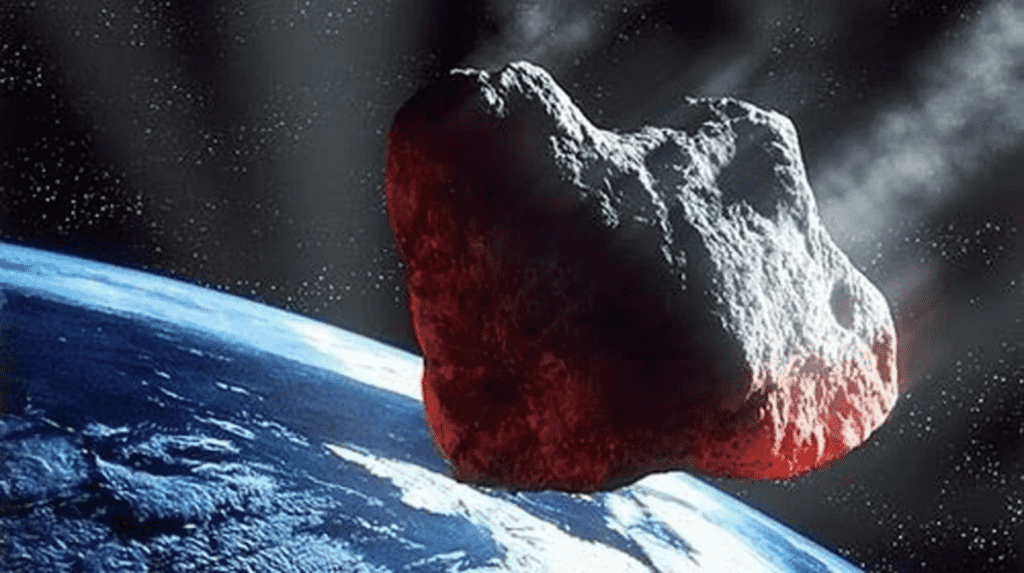NASA just conducted its fourth Planetary Defense Tabletop Exercise, according to Scientific American. The Johns Hopkins Applied Physics Lab (APL) locations in Maryland and North Carolina worked together to host the event’s spectacular climax, which combined virtual and physical components. Humankind is wholly underprepared for the potential of a catastrophic asteroid hit.
“We designed it to fall right into the gap in our capabilities,” said Emma Rainey, a senior scientist at Hopkins’ APL who was part of the creation of the simulation. “The participants could do nothing to prevent the impact.”

According to Scientific American, the simulation began when it was determined that an asteroid was headed directly for Earth. The crash course’s time frame would expand upon each meeting in the simulation exercise. Participants learned about the asteroid’s trajectory, diameter, and probability of contact. The simulation’s last stages occurred just before and after the asteroid impact.

Today, we are better equipped than ever for a potential asteroid attack. To determine whether it would be thrown off course, NASA crashed a small spacecraft into a medium-sized asteroid last month, and the results were commendable.
However, actual humans are more difficult to understand than astrophysics. As in the 2021 film “Don’t Look Up,” simulation participants discovered disinformation exacerbated the situation. The “asteroid denier” and “fake news” groups were particularly tough for the participants to deal with during the exercise.

“Misinformation is not going away,” Angela Stickle, an APL senior research scientist who helped facilitate and create the simulation, told SciAm.
“We put it into the simulation because we wanted feedback on how to counteract it and take action if it was malicious.”


